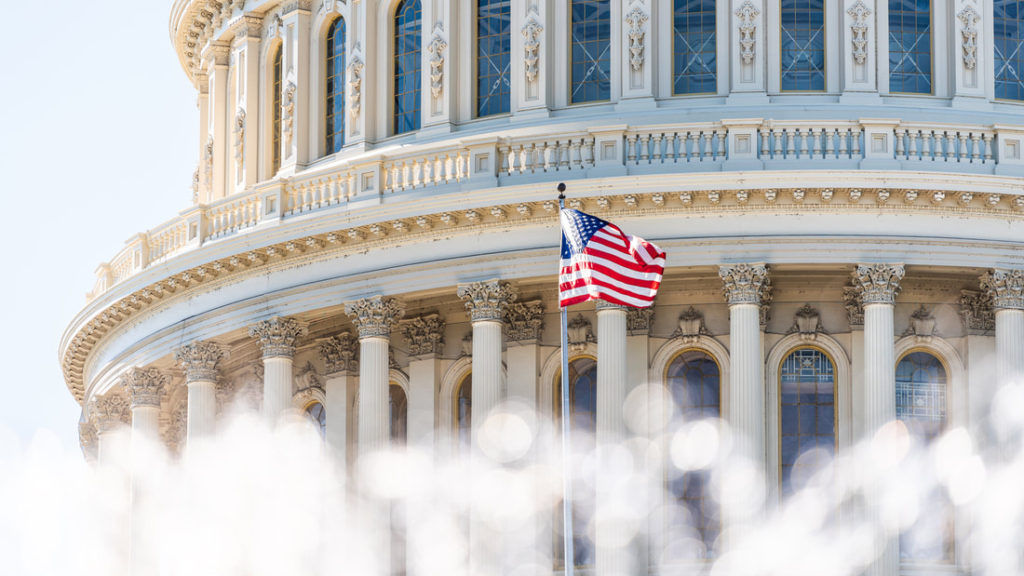The SECURE Act
The “Setting Every Community Up for Retirement Enhancement”–or SECURE Act–was recently signed into law and will go into effect on January 1, 2020. Although there is more to it, here is a quick summary of some of the more impactful changes:
- Death of the Stretch IRA – Before the SECURE act was passed, people who inherited retirement accounts such as traditional IRAs could often stretch required withdrawals—and make associated tax payments—over their lifetimes, a technique known as the “Stretch IRA.” The legislation requires those who inherit from people who die after Dec. 31, 2019, to take the money out and pay any taxes due within a decade. The bill exempts some beneficiaries, including surviving spouses, who can still stretch the distributions—and tax payments—over their lifetimes. The greatest impact will be on those who name their children or trust as beneficiaries on their IRA’s.
- Removal of IRA Contribution Age Cap – The law repeals the age cap, currently 70½, for making contributions to a traditional IRA. If you have earned income, you can contribute to your IRA regardless of age. Remember that a nonworking person whose spouse earns income can also save up to $6,000 a year in an IRA (or $7,000 if they are 50 or older)
- Required Minimum Distribution Age Moved to 72 – Retirement account owners who turn 70½ after Dec. 31, 2019, can now start mandatory distributions (RMDs) in the year in which they turn 72 years old. For those that began RMDs in 2019, they are still required to continue taking distributions. This will provide additional opportunities to make IRA contributions later in life if still working.
It is important to note that although the RMD age has changed, Qualified Charitable Distributions (QCDs) can continue to be made at age 70 ½. As it stands, people who are 70½ or older can give money from a traditional IRA to one or more charities and exclude the donated amount donated from their taxable income.
- Kiddie Tax Reversion – Under the Tax Cuts and Jobs Act (TCJA) established in 2018, children under the age of 18 or 19-23, if a full-time student who provided less than half of their support from earned income, were taxed at the same levels as trust and estates which reached maximum federal income bracket of 37% on unearned income of just $12,500 – think custodial accounts or trusts. This provision has reverted back to previous standing and now minors will be taxed at the parent’s marginal rate, which for most is a tax reduction.
- Better Incentives for Small Business 401(k)s – Formerly, small businesses starting new 401(k) plans could get up to $500 per year for the first three years to help with administrative costs. The SECURE act increases this credit up to $5,000. Additionally, it creates a new tax credit of up to $500 per year to employers who start 401(k) plans that include automatic enrollment. That’s not all; there are other changes for small businesses. If you are a small business owner or have friends that are, we can help!
Other notable non-retirement provisions attached to the SECURE Act include, adjustments to the medical expense deduction threshold (back to 7.5% of adjusted gross income for 2019 and 2020), and expanded provisions for 529 college savings plans to be used for Apprenticeships and (up-to-$10,000 of) student loan repayments.
As you can see, there are far-reaching implications to the many facets of the SECURE Act. Please contact us to understand how the new law will impact you.


Comments are closed.